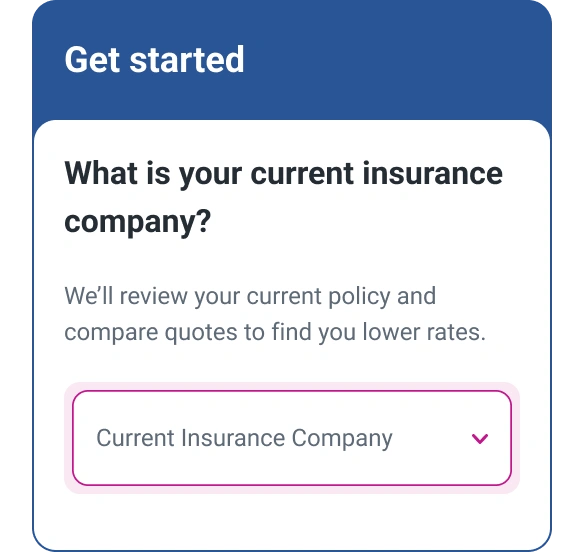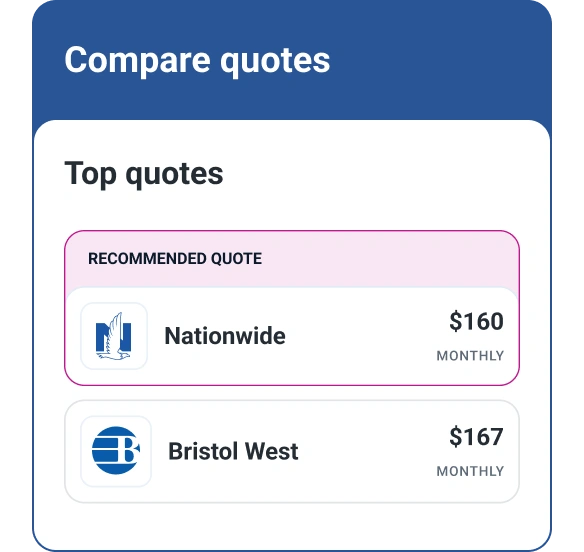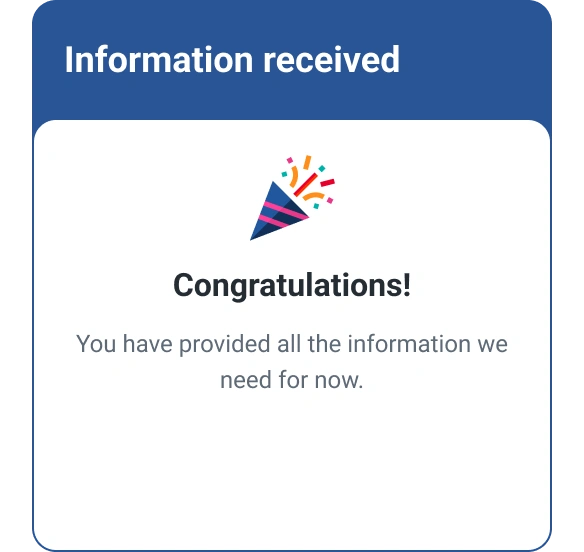Is Gap Insurance Worth It?

The last thing you want to do when your car has been totaled is math. But, unfortunately, if your car—and your car loan—are relatively new, your insurance coverage might not add up. Standard auto insurance policies cover the actual cash value (ACV) of your vehicle. In a typical loan, you may not pay down your principal much in the first year or two. If your car is totaled early on, you could end up owing your lender thousands of dollars more than your insurance will pay.
Gap coverage might help. Gap insurance pays your lender or finance company the difference between the value of your totaled vehicle and the amount you owe on your loan. Purchasing gap insurance can be worthwhile if the amount you would owe in the event of a total loss exceeds what your insurance company would pay.
What Is Gap Insurance?
Guaranteed asset protection (gap) insurance specifically covers the "gap" between what you owe and what you would be paid by insurance. It applies to total losses—major accidents, destruction or theft—that are covered by your regular comprehensive or collision auto insurance.
Here's one scenario: Your car is totaled months after you purchase it. The insurance company covers the cash value after depreciation—$30,000—but you still owe $32,500 on your loan. You are on the hook to the lender for the additional $2,500. Gap insurance would pay that difference, minus your deductible.
That pretty much covers what gap insurance does. Gap insurance is not the same as new car replacement insurance, where your insurance policy pays you based on the cost of replacing your car with a new vehicle of the same make and model. And it doesn't restore your car after a minor accident. But if you want to protect your savings in the event of a total loss, or you think you'll need every penny to put toward a new car, having gap insurance can help during a stressful time.
Do You Really Need Gap Insurance?
Gap insurance is a relatively small consideration when you're trying to choose the right insurance policy, but it's useful to know what it is and when it's valuable. In some cases, you may be required to carry gap insurance. When you lease a car, for example, gap coverage is often folded into your lease payment. It also may be included in your loan payment, especially if you've financed through your dealer.
If gap insurance isn't required, is it necessary? Strictly speaking, no. But since coverage is generally affordable, it's worth considering if you fall into these categories:
- You purchased your car within the past 12 months.
- You financed your car with less than 20% down.
- Your loan or lease period is 60 months or longer.
- You rolled negative equity from your previous car into your current car loan.
- You are underwater, meaning your outstanding loan balance is higher than the value of your car.
- You drive your car a lot (causing faster depreciation and a higher risk of accident).
You can do a quick back-of-the-envelope calculation to gauge your need for gap coverage. Estimate your car's current value and the amount you currently owe on your car loan. Now, subtract your loan balance from your car's value. Does the resulting number make you wince? Would paying it stop you from getting another car? If so, gap insurance may be worth exploring.
Some people simply don't need gap insurance. If your lease company or lender has already folded this insurance into your financing, you obviously don't need to get your own additional coverage. If you own your car outright or your loan balance is less than the car's value, you also don't need gap insurance. In fact, this insurance only pays your lender or lease company for that "gap" amount: If you don't have a gap, you can't benefit from this coverage. You might also decline if covering the gap out of your savings would be easy for you—and you're comfortable that the risk of totaling your car is low.
How Much Does Gap Insurance Cost?
The cost of gap insurance depends on a variety of factors, including:
- The current cash value of your car
- Your age
- Your state of residence
- Previous auto insurance claims
Adding gap insurance to your regular collision and comprehensive coverage is often the least expensive option. According to the Insurance Information Institute, your cost could be as low as $20 per year.
Some auto insurance companies don't offer gap insurance. If that's the case with your insurance company, you can either shop for a separate gap policy online or switch to an insurance company that offers it. Expect to pay around $300 for a standalone gap insurance policy, and between $500 and $700 for a policy you get from your dealer. These numbers are averages, though; your actual costs may vary.
How to Get Gap Insurance
The value of gap insurance largely depends on its cost. If you think gap coverage might be useful for you, find out what your options are, starting with these simple steps:
- See if you already have it. Check your lease or loan documents to see whether you're already paying for this coverage.
- Ask your insurance company for a quote. If your insurance carrier doesn't offer gap coverage, you may have to shop around for it.
- Compare. You can either get pricing on standalone gap insurance or shop for quotes on your complete auto insurance policy to compare rates.
Once you have an idea of what gap insurance will cost, consider whether it's worth the expense. For a few dollars, having this added assurance might help you sleep at night. For hundreds of dollars, you'll have to make the call. Whatever you decide, remember that you don't need gap insurance forever. Once you've paid enough on your car loan to erase the gap between your car's value and your loan balance, you no longer need gap coverage.
Minding the Gap
Having gap insurance isn't essential for every driver. But knowing it's available might help you craft the right insurance coverage--and could help you recover more easily from the financial fallout of totaling your vehicle.
Don’t overpay for auto insurance
If you’re looking for ways to cut back on monthly costs, it could be a good idea to see if you can save on your auto insurance.
Find savingsAbout the author
Gayle Sato writes about financial services and personal financial wellness, with a special focus on how digital transformation is changing our relationship with money. As a business and health writer for more than two decades, she has covered the shift from traditional money management to a world of instant, invisible payments and on-the-fly mobile security apps.
Read more from Gayle

